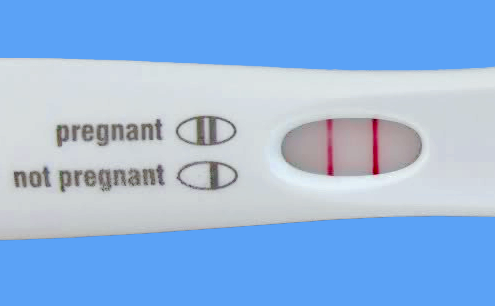#24 Science in History
21 January 1984
Today in 1984, Britain's first test-tube triplets made headlines.

The triplets were delivered, by caesarean section, to a couple who had struggled with infertility for over 11 years. The baby girl, Nourah, and two baby boys, Khaled and Chalil, entered the world through the miracle of in-vitro fertilization (IVF). The world's first test-tube triplets had been delivered the previous year in Australia. Four embryos had originally been implanted in the 35-year-old mother, Anne Ma'aye, but one failed early in the pregnancy.
IVF was a relatively new technology at the time, and the birth of these triplets marked a significant move forward in the field of reproductive medicine. It involves the fertilization of an egg by sperm outside of the body, typically involving several steps:
Ovarian stimulation: The woman's ovaries are stimulated with hormones to produce multiple eggs.
Egg retrieval: The eggs are retrieved through a minor surgical procedure, using a needle guided by ultrasound.
Fertilization: The eggs are fertilized with sperm in a laboratory dish.
Embryo development: The fertilized eggs, now called embryos, are grown in the laboratory for a few days.
Embryo transfer: One or more embryos are transferred to the woman's uterus, where they can implant and develop into a pregnancy.
Pregnancy test: A pregnancy test is done after 2 weeks of the transfer to check if the procedure was successful.
IVF has helped millions of couples worldwide start families. It has also been used to help same-sex couples and single people start families as well, by using donor sperm and eggs.
Even though the birth of the triplets occurred nearly 40 years ago, it still remains a remarkable achievement and a sign of the progress made in the field of infertility treatment.


Comments